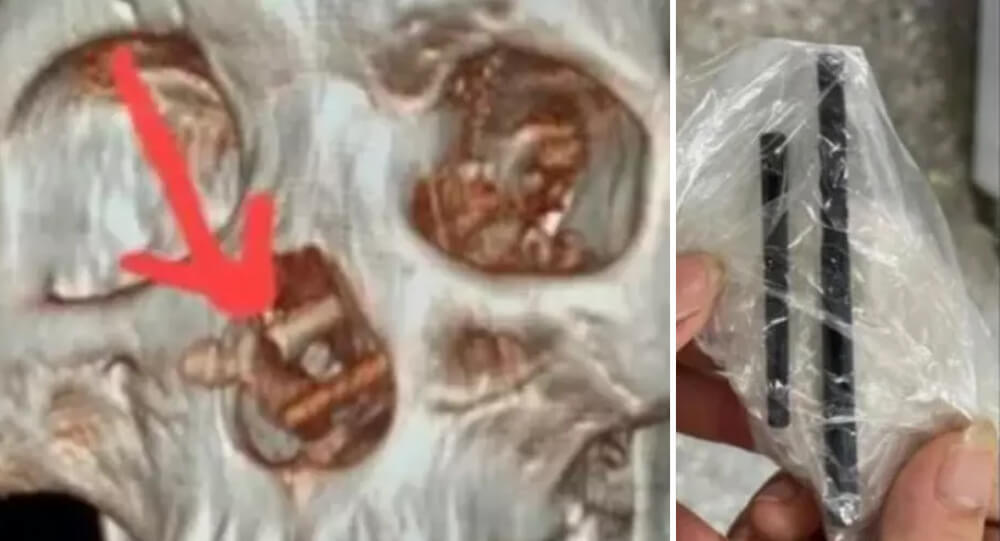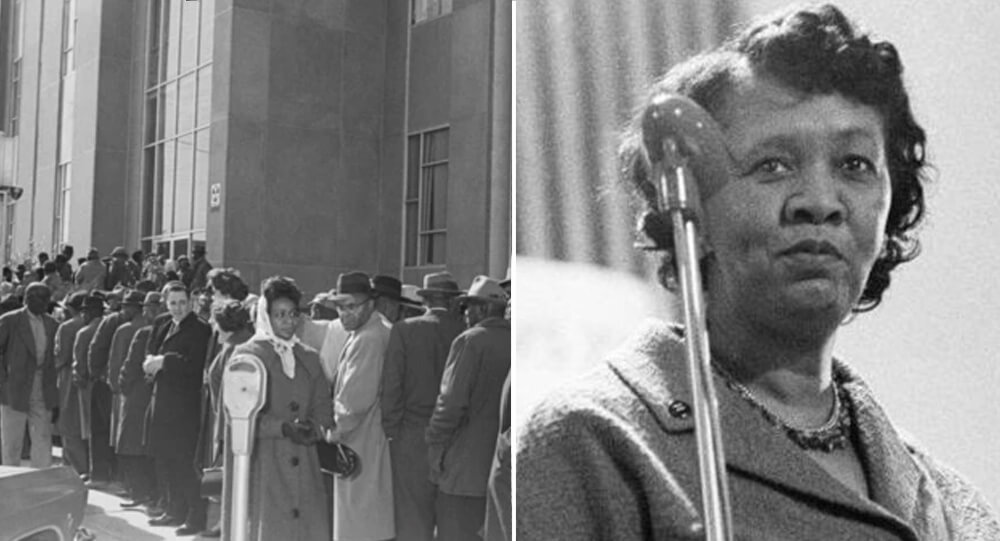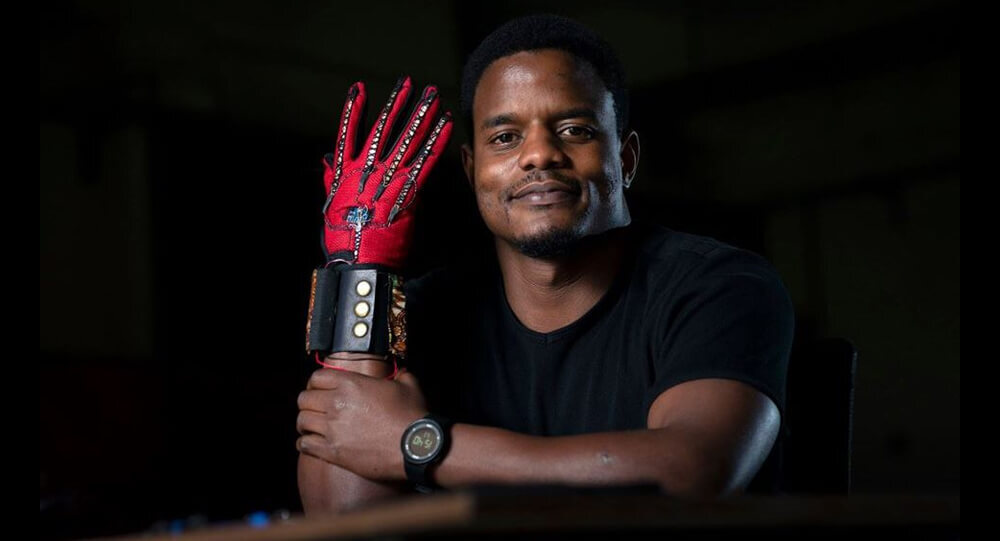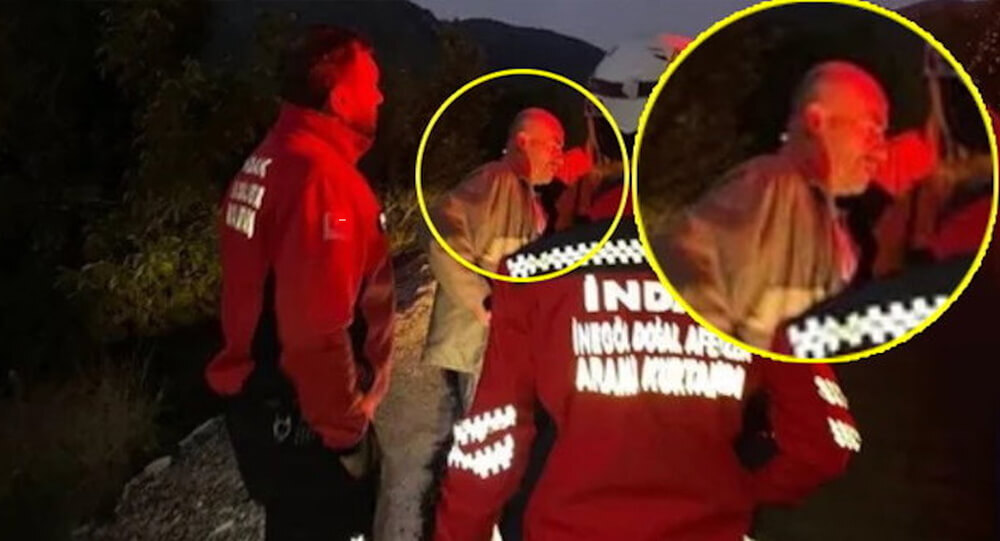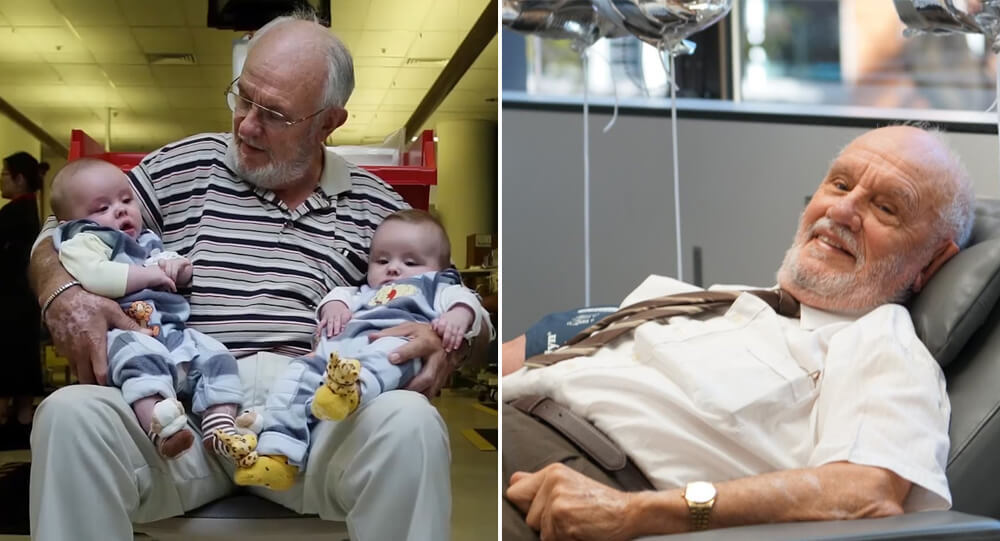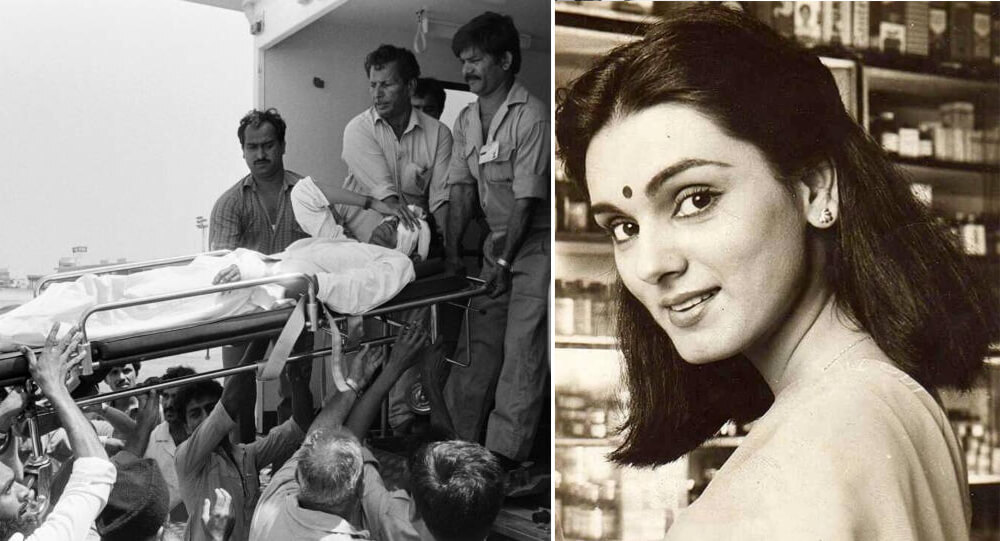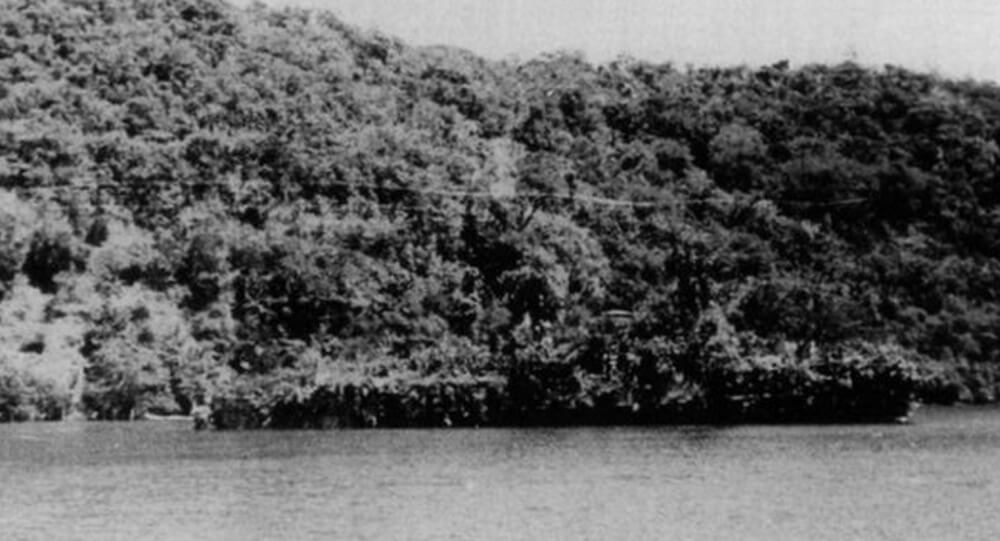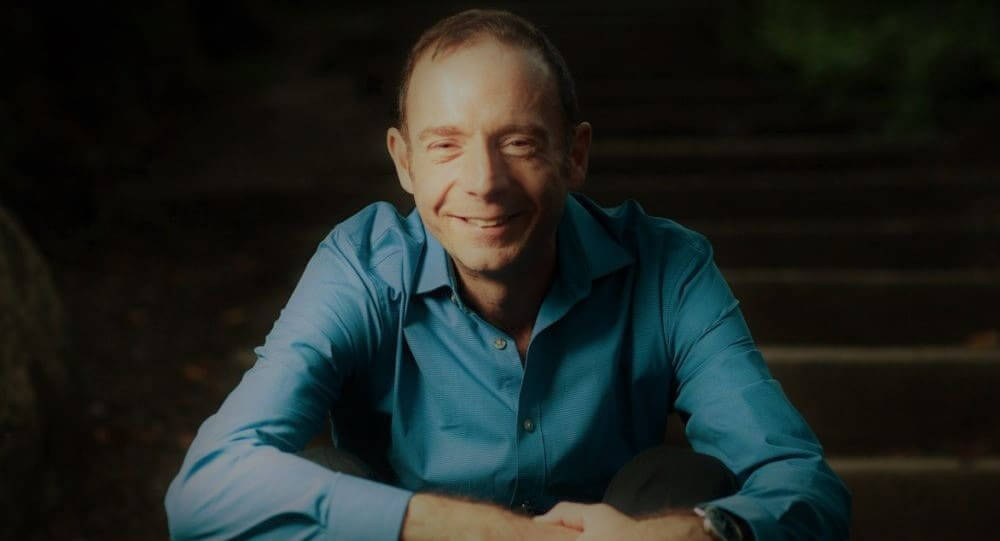

Timothy Ray Brown, who inspired millions of HIV-positive people, died of leukemia
In 2007, Mr Brown, also known as “the Berlin patient,” received a bone marrow transplant from an HIV-resistant donor.
It meant he didn’t need anti-viral drugs anymore, and he was free of the virus that can lead to Aids for the rest of his life.
Mr Brown, according to the International Aids Society, gave the world hope that an HIV cure was possible.
Born in the US, Mr. Brown, 54, received his HIV diagnosis in 1995 while residing in Berlin. Then, in 2007, he was diagnosed with acute myeloid leukemia, a form of blood cancer.
He underwent a bone marrow transplant after having his bone marrow, which was producing the cancerous cells, destroyed.
The donor for the transplant had a rare mutation in the CCR5 gene, a region of their DNA.
HIV resistance
A set of genetic instructions called CCR5 is used to construct the entrance that the human immunodeficiency virus (HIV) uses to enter cells.
People who have mutations to CCR5 are essentially immune to HIV.
In 2012, Mr. Brown told the BBC that he stopped taking his medication on the day of his transplant and that after three months, his body was HIV-free.
Never again was the virus found in his body. In actuality, he was “cured”.
“I was excited about it, but I still kind of feared it might come back, but it didn’t,” he continued.
But earlier in year 2020, the leukemia that was the cause of his HIV cure came back and spread to his brain and spinal cord.
Tim Hoeffgen, Timothy’s partner, wrote on Facebook, “It is with great sadness that I announce that Timothy passed away… surrounded by myself and friends, after a five-month battle with leukaemia.
“I’m heartbroken that my hero is gone,” Hoeffgen wrote. “Tim was truly the sweetest person in the world. Tim’s spirit will live on and the love and support from family and friends will help me through this most difficult time.”
Tim dedicated his life to sharing his experience with an HIV cure, becoming a symbol of hope, he continued.
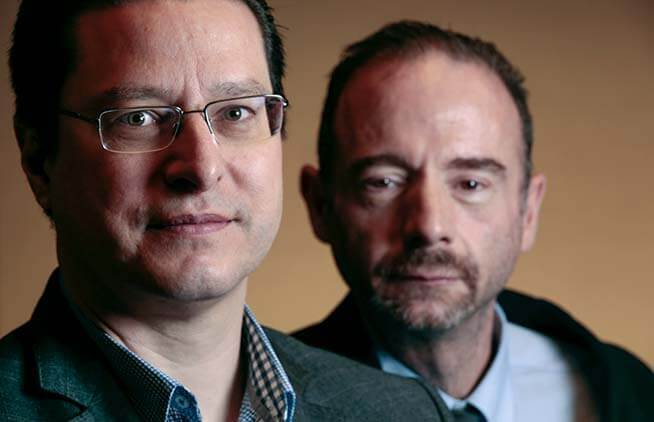
Closer to a cure?
Mr. Brown’s cure was too risky and aggressive to be applied frequently; it is still primarily used to treat cancer. The 38 million people who are believed to be HIV-positive, many of whom reside in sub-Saharan Africa, cannot afford the strategy.
However, Mr. Brown’s tale gave hope that a cure might one day be discovered to researchers, patients, and the general public.
The International Aids Society (IAS) expressed “a profoundly heavy heart” in its statement of mourning.
The IAS president, Prof. Adeeba Kamarulzaman, said, “We owe Timothy and his doctor, Gero Hutter, a great deal of gratitude for opening the door for scientists to explore the idea that a cure for HIV is possible.”
It was announced earlier that year that a second HIV patient had been cured. Adam Castillejo, also known as the “London patient,” received comparable treatment to Mr. Brown and was able to stop taking HIV medications.
Prof. Sharon Lewin, the director of the Doherty Institute in Melbourne, Australia, stated that although the cases of Timothy and Adam do not represent a viable large-scale strategy for a cure, they do represent a crucial point in the search for an HIV cure.
Timothy was a strong supporter of keeping HIV research on the political and scientific agenda.
“The scientific community hopes that one day we can honor his legacy with a safe, affordable, and widely accessible approach to HIV remission and cure using gene editing or techniques that boost immune control,” reads a statement from the scientific community.

Brown’s success inspired HIV cure research
Dr. Hans-Peter Kiem, who holds the Stephanus Family Endowed Chair for Cell and Gene Therapy at Fred Hutch, got to know and respect Brown through his role as co-founder of defeatHIV. He attributes him with accelerating the National Institutes of Health’s Martin Delaney Collaboratories program’s funding of HIV cure research.
“The NIH started this HIV cure effort ten years ago thanks to Timothy. How many people he has directly or indirectly aided is astounding, Kiem said.
In November 2020, Kiem spoke at a TEDx event in Seattle, where he discussed how Timothy Ray Brown has influenced his quest to treat HIV through the eventual administration of “gene therapy in a syringe.”
Brown was the only person on Earth known to have defeated the virus for a dozen years despite numerous attempts to replicate his treatment. He sincerely hoped he wasn’t the only one.
Then, on March 4, 2019, it was determined that a “London Patient” was probably cured through a similar stem cell transplant. A year later, he identified himself as Adam Castillejo, a 40-year-old Venezuelan immigrant working as a sous chef in London. In 2016, he had undergone a single stem cell transplant.
Castillejo and Brown had spoken on the phone, but they had never actually met.

A story of a man Survived Inside Sunken Ship For Three Days
A man survived a sunken ship for nearly three days, 279 feet underwater and in complete darkness, while listening to fish eat the bodies of his shipmates.

Leo Grand: from homeless to mobile app developer
In 2013, A young programmer offered a homeless man the choice between $100 cash or coding lessons. Leo Grand chose the lessons, and his first mobile app was “Trees for Cars," which helps drivers find carpooling partners.

LEGO Braille Bricks: Revolutionizing Braille Learning Through Play and Inclusion
go Braille Bricks were launched in 2020 to help visually impaired children learn Braille through play. Each brick features the Braille alphabet and is fully compatible with standard Lego sets, allowing sighted peers to join in, fostering inclusivity and collaboration in learning environments.

A man who has been suffering from headaches for nearly six months discovers chopsticks lodged in his brain
When it was discovered that a Vietnamese man with headaches and vision problems had chopsticks lodged in his brain, the doctors were almost as surprised as the man himself.

The fearless Annie Lee Cooper
Annie Lee Cooper was fired in 1963 after attempting to register to vote. She attempted it once more in 1965, but the sheriff ordered her to leave after prodding her in the neck with a club. She then punched him, causing him to fall to the ground. She was imprisoned before ultimately registering to vote. Following the passage of the Voting Rights Act, the sheriff was ousted and subsequently imprisoned for collaborating to transport drugs, but Annie Lee Cooper lived to reach 100 years old and bears her name to this day.

The Terrifying Mount St. Helens Eruption is Captured by the Robert Landsburg Photographs
Robert Landsburg, a photographer who upon realisation that he is going to die in the mount St. Helens eruption of 1980 lay down on top if his equipment to preserve the photographs he had taken of the events. Landsburg‘s body was found 17 days later, buried in ash with his film intact.

Baby Lynlee 'born twice' after life-saving tumour surgery
Baby Lynlee was "born twice." First, surgeons brought her out of the womb to remove a spinal tumor. After the successful surgery, she was placed back and born again as a healthy baby girl.

Kenyan Innovator Creates Smart Gloves That Translate Sign Language Into Audible Speech
In 2023, a Kenyan inventor Roy Allela invented smart gloves that can convert sign language movements into audio speech, for his six years old niece who was born deaf.

A man joins a search operation without realizing he is the missing person
Beyhan Mutlu, a Turkish national, was reported missing by local media and unintentionally joined search teams looking for himself in a forest. He was drunk and lost in the woods when he ended up in a group with others looking for himself.

Oreo builds asteroid-proof bunker to protect its cookies and recipes
In October 2020, Oreo builds a concrete bunker in Svalbard, Norway, to protect their recipes in case of an asteroid impact. The vault also contains Oreos wrapped in Mylar and vials of milk powder.

'Super obedient' lookout parrot trained by Brazilian drug dealers is seized by police
In 2019, police in Brazil seized a 'super obedient' lookout parrot trained by drug dealers. According to reports, the bird had been taught to alert criminals to police operations by shouting: "Mum, the police!" As soon as the police got close, he started shouting.

A U.S. Submarine Collides with a Japanese Fishing Ship in 2001
In 1998, 14-year-old Michael Crowe was charged with the murder of his sister. The police started targeting him after he seemed “distant and preoccupied” when his sister’s body was discovered, and during interrogation, police coercion led him to make a false confession. He was later declared factually innocent and the family won a lawsuit of $7.25 million in 2011.

Whang-od Oggay, The legendary tattoo artist from the Philippines
This is Whang-od Oggay, a 106-year-old tattoo artist from the Philippines. She is often described as the last and oldest Kalinga tattoo artist, and has been performing the traditional art of hand-tapped tattoos since the age of 15

Estonians save a wolf from the ice by mistaking it for a dog
Two young construction workers in Estonia discovered what they thought was a dog caught in a frozen lake. They carried it to their car and brought him to an animal shelter, not realizing it was a wolf.

A little girl survived a 1-hour submersion in freezing creek water
On June 10, 1986, two-and-a-half-year-old Michelle Funk fell into an icy creek and was submerged for 66 minutes. When rescuers pulled her out of the water, she was not breathing, had no pulse, and appeared lifeless. The doctors used various techniques to rewarm her blood and bring her back to life. She was successfully resuscitated and went on to lead a healthy life.

The world’s longest flight spent more than two months in the air
Roberts Timm and Jim Cook, two pilots, flew an aircraft for more than two months without landing in 1958. Matching the speed of a truck moving down the road to refuel. A mattress for sleeping, a small steel sink for personal hygiene, the removal of most interior fittings to reduce weight, and a basic autopilot were among the improvements.

Smart guy brings life-sized cutout of his late mother to his graduation
Even though that his mother passed away in 2016, a young man had a clever idea to make a life-size cutout of her and bring it to the event so that she could attend his graduation ceremony.

A flight attendant uses a secret note to save a teen girl from sex trafficking
The flight attendant Shelia Fredrick. She spotted a distressed girl with an older man. She left a note in the restroom on which the victim wrote that she needed some help. The girl was rescued from a human trafficker after the authorities were informed.

Man's Blood Helped Save Millions of Babies
Australian blood donor James Harrison has been one of our most impressive and valued donors, having donated for 60 years. Know his story, how he was a pioneer of our Anti-D program, and why this matters.

Neerja Bhanot, the braveheart flight attendant was never run away from a crisis
Neeja Bhanot, a 22 year old Indian flight attendant who helped hides 41 American passports aboard a hijacked plane. She died shielding three children from gunfire and was posthumously awarded bravery medals from India, Pakistan, and the United States.

Aitzaz Hasan, Pakistani school boy who sacrificed his life from suicide bomber
Aitzaz Hasan, a 15 year old Pakistani school boy, sacrificed his life while preventing a suicide bomber from entering his school of 2000 students. His father said "My son made his mother cry but saved hundreds of mothers from crying for their children."

Abraham Crijnssen – The Ship That Disguised Itself As An Island
During World War II a Dutch minesweeper evaded the Japanese for eight days disguised as an island. The crew covered the decks in cut trees and painted exposed surfaces to look like rocks. They moved only at night and anchored closed to shore by day, eventually escaping to Australia.

Max Headroom Incident: America’s Creepiest TV Hack
In 1987 a man hijacked a television station during an episode of Dr. Who and wore a Max Headroom mask and uttered nonsense, and he still hasn’t been caught

JBJ Soul Kitchen: Bon Jovi's community restaurant
JBJ Soul Kitchen is a community restaurant by Jon Bon Jovi with no prices on the menu; customers donate to pay for their meals. If you are unable to donate you may do volunteer work in exchange for your family’s meal.

New York installs first offshore wind turbine to power 70,000 homes
New York State has achieved a historic milestone in its clean energy transition by installing the first wind turbine at its first offshore wind farm, South Fork Win.




